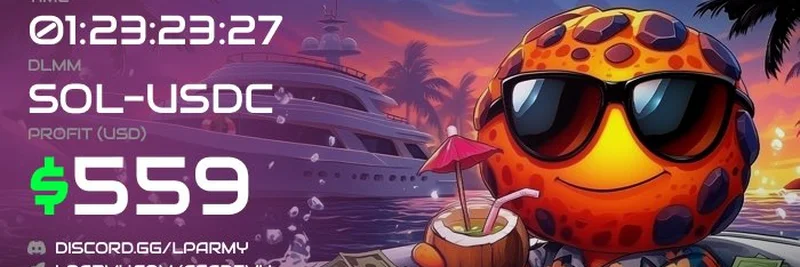Jack Butcher's Advice for Artists in the Age of AI: Embrace the Tools, Focus on Ideas
In a recent discussion on the platform formerly known as Twitter, Jack Butcher, a prominent figure in the digital art space, shared his perspective on how artificial intelligence (AI) is reshaping the art world. His advice? Artists should focus on their ideas and not shy away from using AI tools to bring those ideas to life more effectively.
The Context: A Conversation on Digital Art
The thread, posted by CounterParty, features a video excerpt from a live discussion titled "Jack Butcher: The State of Digital Art," presented by ThreadGuy. The conversation, which you can watch here, delves into the evolving landscape of digital art, particularly in the context of AI's growing influence.
Jack Butcher's Key Insight
Butcher's advice is both practical and forward-thinking. He emphasizes that the core of any artistic endeavor is the idea itself. "You just need good ideas," he states, suggesting that if an AI tool can help articulate that idea more coherently, then it should be embraced. This perspective aligns with the broader trend of AI being seen not as a replacement for human creativity but as a powerful enhancer.
Butcher further elaborates, "The idea that you can pull things into existence that you couldn’t before is a legitimate leap." This statement underscores the transformative potential of AI in digital art, where new possibilities emerge that were previously unimaginable.
Why This Matters for Artists
For artists navigating the digital landscape, Butcher's advice is particularly relevant. The integration of AI into art creation processes can democratize access to advanced tools, allowing artists to experiment with styles, techniques, and concepts that might have been out of reach due to technical or financial constraints. However, the onus remains on the artist to ensure that the core idea—their unique voice and vision—remains at the forefront.
The Broader Implications
Butcher's viewpoint also reflects a broader shift in how technology is perceived within creative industries. Rather than viewing AI as a threat, many in the art community are beginning to see it as a collaborator. This shift is evident in various platforms and tools, such as OpenArt, which leverages state-of-the-art generative AI to help artists create visual artworks from textual prompts.
Conclusion
Jack Butcher's advice serves as a reminder that in the age of AI, the essence of art lies in the idea. By leveraging AI tools, artists can push the boundaries of their creativity, bringing new visions to life with unprecedented efficiency and innovation. As the digital art landscape continues to evolve, embracing these tools while maintaining a focus on original ideas will be key to thriving in this new era.
For those interested in exploring more about AI's impact on art, check out resources like CGSpectrum's article on AI art or dive deeper into Butcher's work and philosophy through his projects like Checks.
This conversation is a testament to the ongoing dialogue between technology and creativity, a dialogue that promises to shape the future of art in exciting ways.




